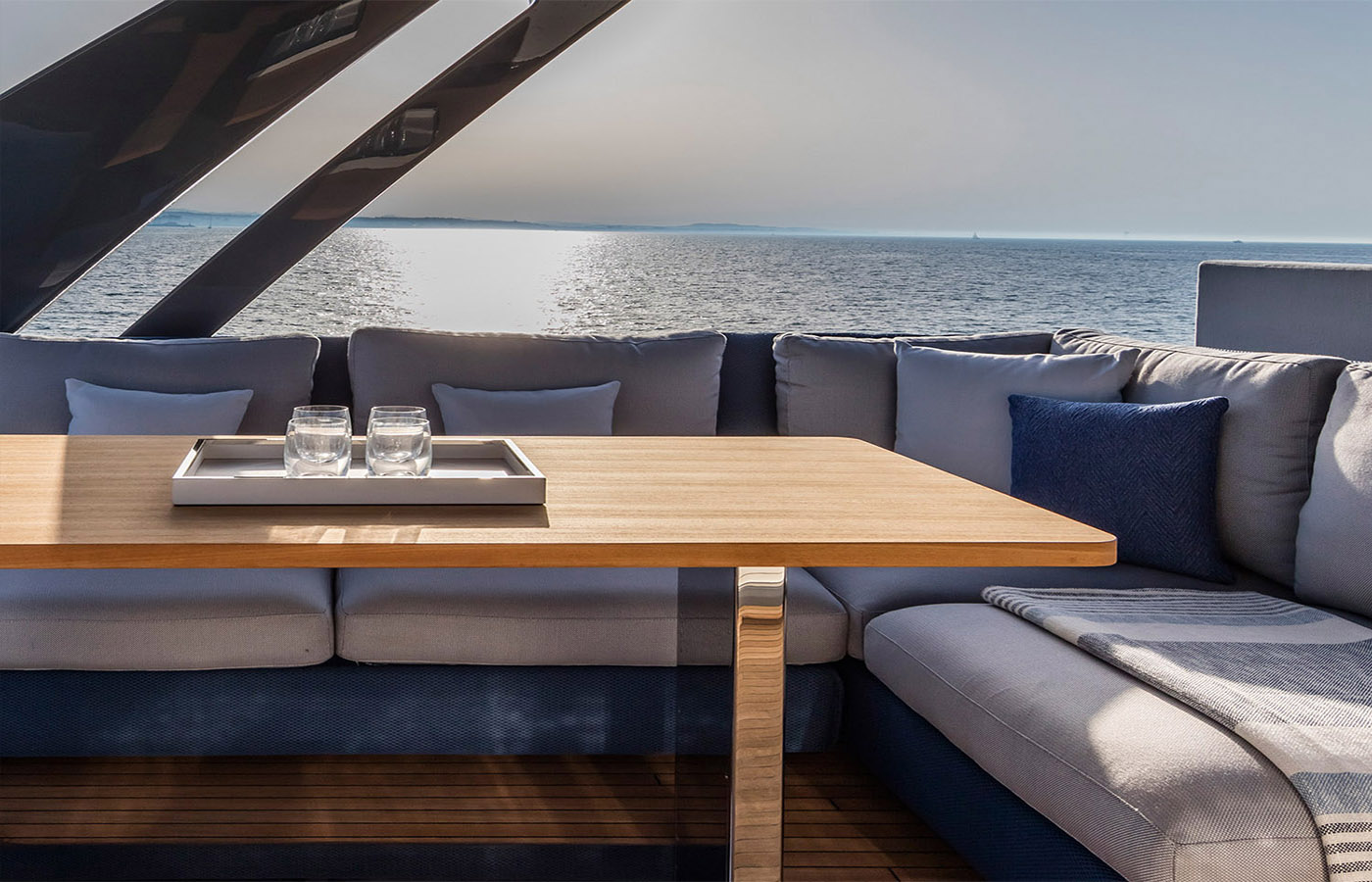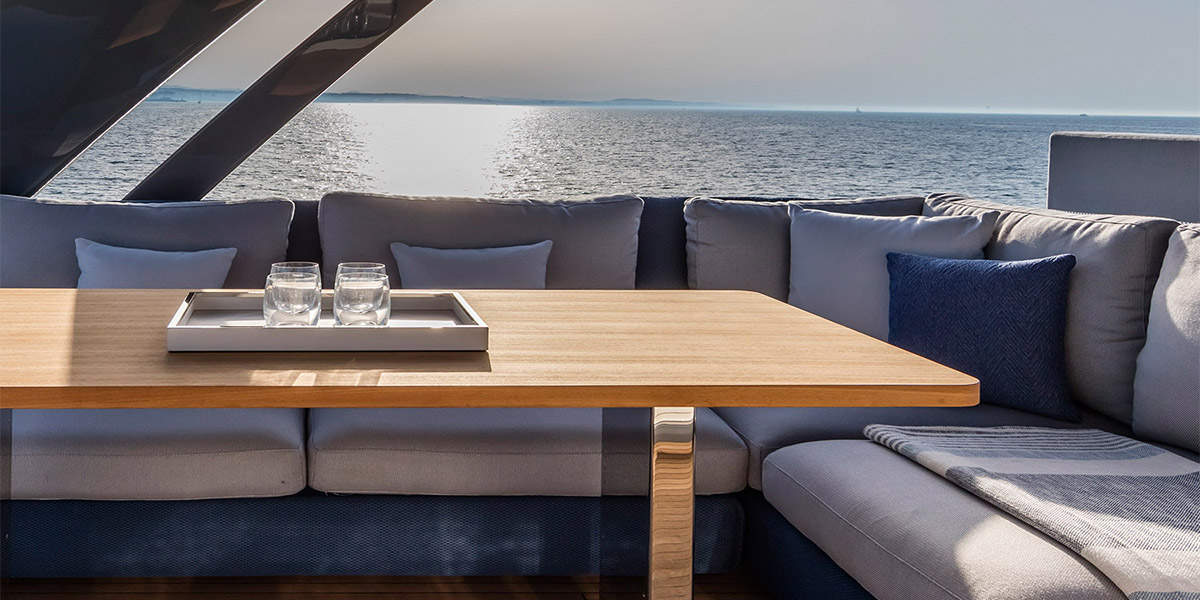Is sea water safe to drink? Of course not, because it can be deadly. Is it possible to fill the water shortage by turning sea water into drinking water? It is possible, but it often requires significant investment and equipment, especially on a large scale. Therefore, it is always interesting when a solution appears at no extra cost, and the process itself can become available to any inhabitant anywhere in the world.

Drinking water is a scarce resource, and not only in the desert. Of the 70% of the water that covers our planet, only 3% is drinkable, and the rest is oceanic salt water, which is unfit for human consumption. Moreover, most of the reserves are concentrated in glaciers or hidden deep underground. A person gets crumbs that can be obtained from fresh water bodies, or rather liters — 1% of available fresh water. The problem is aggravated by the fact that water is also unevenly distributed, so new technologies for obtaining fresh water are born almost daily.

All of them, in one way or another, are based on three main methods of desalination: distillation, electrical desalination and reverse osmosis. Distillation is the oldest method. The seawater is boiled, then the steam is cooled and condensed into fresh water, leaving salt crystals in a heated vessel. In desalination with electricity, the current moves ions across a selectively permeable membrane, separating the molecules and carrying the salt with it. By the way, it turned out that this method also disinfects water well. In reverse osmosis, salt is released from solution and water is squeezed out through a desalination membrane.

A new practical and inexpensive solution that uses available resources was awarded the Lexus Design Award 2021. The Solar Desalination Skylight was developed by the young designer Henry Glogau. He specializes in extreme design and explores global challenges on extended expeditions. He came up with the idea for the Desalination Window, a device that converts seawater into a source of drinking water, and from the remaining sea salt to generate energy that can be used for lighting. This is a fairly simple solution for those who have difficulty accessing drinking water both on land and, for example, on board a yacht in an emergency.

Solar desalination technology exploits the property of seawater to evaporate when exposed to ultraviolet rays. During the day, seawater is pumped through a glass hatch, which is shaped like a bowl on the outside, and the solar energy distills it naturally, separating water and salt. You can then open the tap at the base of the skylight to drain the desalinated water. Saline that remains on the surface of the hatch can generate an electrical charge to power night lighting. Those who plan to stay in remote corners of the world for a long time have already become interested in the «desalting window». Moreover, it does not require either energy consumption or large investments.

What to add, there is a paradox: there is water all around on a yacht, but not that one. For comfort and autonomy of navigation, on board the boat you cannot do without seawater desalination systems. But an additional source of fresh water will never be superfluous.









